Adtech and Programmatic Advertising: Technologies, Trends and Software Development
In this article, we describe the benefits of programmatic advertising and share trends to expect in 2023
What is programmatic advertising and how does it work?
Online advertising is now a $129 billion industry. For the first time ever, in 2020, digital ad spend is set to exceed traditional media spend. Overall, this is great news for businesses, as online advertising offers more options, lower cost, and more flexibility than traditional media advertising. But one of the big challenges of online advertising is selecting platforms to advertise on. There are more options than ever, and the choice can be overwhelming for businesses. This is where programmatic advertising changes the game.
Programmatic advertising automates the purchase, sale, delivery, and measurement of digital advertising campaigns using advertising technology (AdTech) platforms. AdTech platforms enable advertisers, ad publishers, and advertising agencies to create, run, and optimize ad campaigns with minimal human involvement. Programmatic advertising uses artificial intelligence and real-time bidding to automate and streamline the ad buying process. In a nutshell, you can launch a programmatic campaign by specifying a target market, budget, and campaign goals.
Ad experts then configure the campaign and use artificial intelligence (AI) algorithms to place ads across dozens of ad networks to reach a highly targeted audience. This works similarly to a lot of modern investment programs in which you specify what percentage of your portfolio you want to invest in different types of stocks and bonds along with your risk tolerance and software determines the best path to financial success.
Let’s consider a quick example of programmatic advertising. If you’re trying to sell a new high-tech winter jacket, you can choose to only target ski enthusiasts from Western Canada and set a goal to increase ecommerce purchases. A programmatic campaign would take all these parameters and analyze them against hundreds of data points to select the best ad platforms and bids to drive maximum ecommerce sales.
Benefits of programmatic advertising
Access to ad networks
It can be time-consuming and tedious to set up individual ad campaigns on each platform. Programmatic advertising systems automatically connect to platforms like Google Ads, Instagram, Facebook, Simpli.fi, Pandora, and AdsWizz. One expertly crafted campaign can achieve visibility across multiple networks.
Targeted campaigns
Through the power of AI, you can show ads only to your target market. Instead of making you guess what sites and keywords your audience is using, programmatic advertising determines that automatically.
Cross-device campaigns
With programmatic advertising, your campaigns are delivered across devices. Programmatic campaigns reach users where they are, whether that’s a mobile device, tablet, or desktop. This allows you to run a true omnichannel ad campaign strategy.
Top 10 programmatic advertising trends for 2023
1. Artificial intelligence

An increase in the quantity of data that helps marketers target the right people with the right message, via the right channel, on the right device, and at the right time means the use of AI technologies will only grow.
Artificial intelligence and machine learning (ML) help you sift through massive amounts of data in real time to find patterns, predict results, and suggest the next best action to individual shoppers to propel them further along the purchase journey.
AI analyzes customer behavior in real time across multiple data points such as gender, age, location, preference, device, platform, and purchase history. An AI system can correlate user data with ad view metrics, such as metrics on when and where ads were shown and for how long to suggest where to place ads and what ad formats to use. The ability of AI to pinpoint buying patterns and then place ads appropriately helps to improve overall ad performance, thereby lowering customer acquisition costs.
For example, IBM’s AI-powered Watson is continually evolving to optimize software procurement for media and is already popular in the US and the UK. On IBM’s official blog, Ari Sheinkin, vice president of marketing analytics at IBM, shares that Watson’s algorithmic ad buying results show a staggering 71% reduction in the cost per click (CPC).
2. GDPR
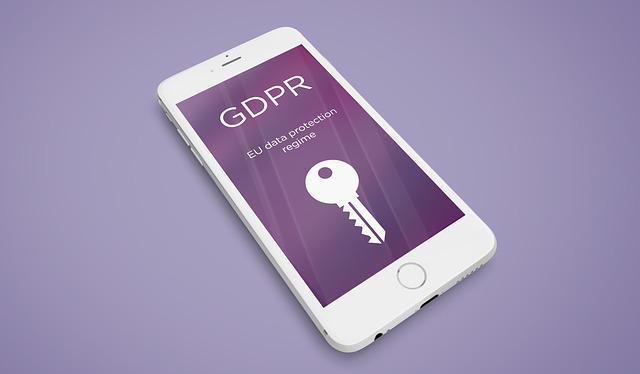
Following the introduction of the General Data Protection Regulation (GDPR) in Europe, what advertisers thought would be a hindrance is slowly turning out to be beneficial. The GDPR rules for obtaining consent and protecting the privacy of user data initially seemed restrictive to ad tech experts, but over time, they have resulted in cleaner, more reliable data. The scale of data may have decreased, but the quality of the available data has significantly improved.
This trend will strengthen over the years as digital platforms add forms and policies in line with data privacy regulations. As indicated on the GDPR website, CIOs need to ensure companies have robust compliance management processes, while CMOs need effective data rights management systems to ensure they don’t lose their most valuable asset — data.
While trusted brands may not face too many challenges, new brands will have to work harder to gain customer trust. In the end, cleaner data means fewer goals, but goals that are more relevant and engaged. This will establish mutual trust between ad publishers and advertisers, thereby creating trust between those advertisers and their consumers.
3. Digital out-of-home (DOOH)
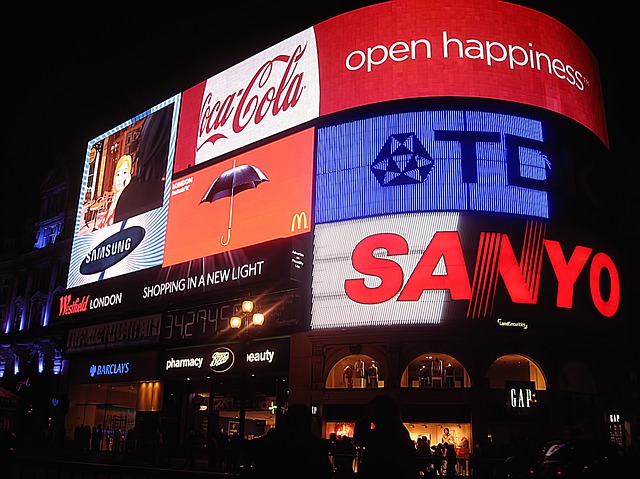
Out-of-home advertising is one of the oldest advertising channels. Combining its digital analog — digital OOH or, DOOH — with mobile location data could lead to innovation in how marketers navigate the crucial last mile between home and store. This will have a direct impact on the speed and scale of conversions when it comes to closing the ad–purchase cycle.
In the future, we expect a dramatic shift from simply buying or exchanging outdoor ads to evaluating audience data to target relevant audiences with ads where those audiences are most likely to be at any given time. As a result, advertisers can expect more from their budgets.
Programmatic DOOH advertising will allow advertisers to target audiences and buy ads with improved performance, brand safety, and measurements, meaning advertisers can expect more from their budgets.
As programmatic DOOH becomes more measurable through proprietary and third-party data from companies, for media buyers, it’s a one-stop medium that enables both branded and effective marketing.
4. Voice-activated ads
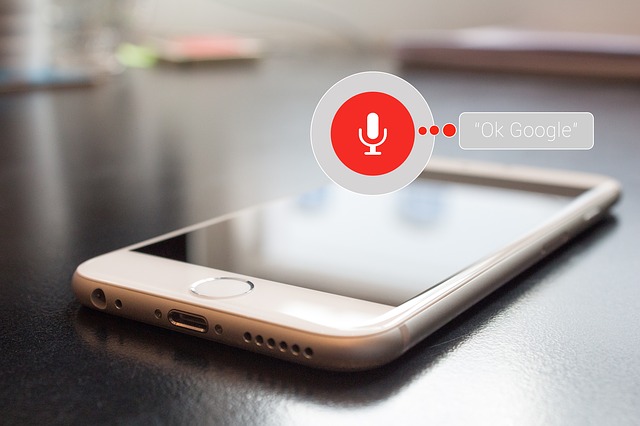
The introduction of voice-enabled smart home devices is gaining momentum. A survey by VoiceBot.AI that included 1,203 US consumers found that 25% of respondents believe household items are most often ordered using voice assistants, followed by clothing, entertainment, and games.
Programmatic advertising plays a critical role in helping marketers optimize ad slots on smart home devices and harness the power of in-store audio and in-app advertising. In addition, OOH audio solutions such as Vibenomics allow brands to connect with consumers through in-store background ads, in-store speaker broadcasts, elevator and taxi ads, video feeds in waiting rooms, and more.
5. Wearables
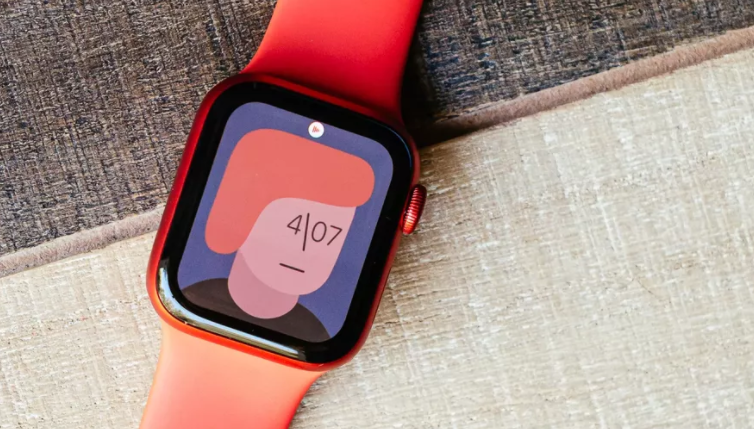
Wearable devices collect data about users’ locations, lifestyles, health, and more. While this may sound a little intimidating, collecting such data with user consent can provide advertisers with tremendous opportunities to target the strongest leads in the right places and at the right times with the most relevant offers.
A 2019 report from Strategy Analytics shows that global smartwatch shipments grew 44% year over year between 2018 and 2019 to 12 million units in the second quarter of this year. Programmatic advertising is already making its way to smartwatches. For example, FitAd helps advertisers deliver automated banner ads to consumers on their Sony and Samsung watches.
As the ecosystem of wearable devices grows, programmatic advertising technologies will open up new possibilities through the inherent ability of wearables to track, control, and optimize campaigns based on accurate user and ad consumption data.
6. 5G
Cellular throughput is expected to grow with the commercial launch of fifth generation (5G) cellular mobile communications. The bandwidth of 5G networks is expected to reach over 100 gigabits per second, 100 times that of 4G. The high bandwidth of 5G allows websites to load faster, but it also enables AdTech ecosystems to run faster and place ads in the right media at the right time.
High speed and no lag or buffering will dramatically increase the time spent watching videos on mobile devices.
The greater ease of use for programmatic advertising allowscompanies to show clearer and more interactive ads across multiple media outlets without delay.
7. Personalization
The two biggest buyer demographics today are Millenials and Gen Z, and they love all things customized. Keep in mind that Gen Z has a completely different set of buying considerations compared to Millennials, however. This generation leans toward ecologically and socially responsible brands, or they might consider buying a product because one of their favorite social media influencers suggested it.
Personalization in advertising will become increasingly inevitable, given the need for smarter audience management strategies alongside stronger segmentation and targeting. Following these buying patterns, there are a growing number of programmatic customizations that allow advertisers to offer relevant, personalized messages to their target audiences.
The plethora of data now available allows you to create dynamic ads that can change according to their relevance to the user, adapting to metrics such as location, time, demographics, and device type. Now you can not only optimize ad slots with programmatic ad technologies but also measure and improve them in real time.
8. Blockchain & Ads.txt

Ad fraud has peaked in the past few years. A 2019 report from cybersecurity firm Cheq claims ad fraud damage will reach $26 billion in 2020, $29 billion by 2021, and $32 billion in 2022. Enhanced transparency in programmatic advertising is one way to combat this. Here’s where the blockchain and Ads.txt (an Interactive Advertising Bureau initiative known as Authorized Digital Sellers) comes in handy.
BlAde Tech (Blockchain + Ad Tech) is based on the principle of decentralization. In programmatic advertising, blockchain technologies have been able to combat ad fraud by reducing the number of intermediaries, removing domain spoofing, verifying publisher legitimacy, and allowing cryptocurrency transactions.
9. Programmatic TV, podcasts, and audio
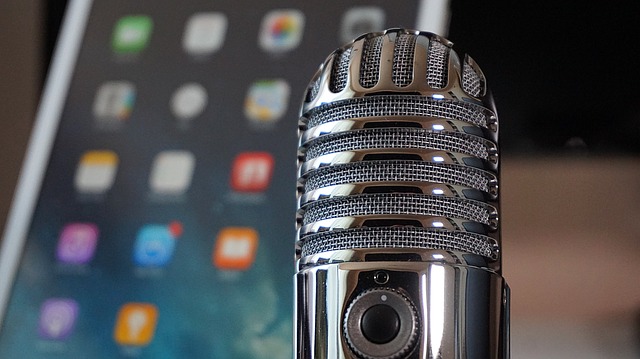
The way we consume content on television has changed dramatically. The shift from cable to streaming services like Netflix and Amazon Prime now is the driving force behind TV viewing. As the transition from traditional connected television (CTV) to over-the-top (OTT) media services continues, programmatic advertising is playing a large role in ensuring that marketers get the benefits of both.
In addition, with video content being used on the internet, on mobile, and on other connected devices, programmatic television will become increasingly important through a data-driven approach to buying and serving ads.
PwC’s Global Entertainment & Media Outlook predicts that broadcast programming will account for about a third of global TV ad revenue by 2021. Marketers must accept this reality and prepare their marketing budgets and strategies to fit this new environment.
The use of programmatic advertising in podcast and audio advertising is growing rapidly. The 2019 IAB and PwC Podcast Revenue Annual Report shows the increasing growth of the US podcast advertising market. This report also shows that marketers spent $479 million on podcast ads, up 53% from $314 million in 2017. Apps like Spotify and Soundcloud are also gaining popularity. Marketers now have a new advertising landscape in which companies are ready to monetize.
10. Omnichannel or integrated programmatic advertising
Today, most marketers prefer omnichannel marketing, as it allows them to learn more about their users. Consumers often own multiple devices, but the problem is that people use these devices for different purposes and activities. Forrester defines omnichannel marketing as the practice of digitally sequencing advertising across channels that are connected, relevant, and aligned with stages of the customer lifecycle.
With an omnichannel approach, advertisers are not only present on touchpoints such as smartphones, computers, digital assistants, TVs, and tablets, but in a unified form that conveys a single meaningful brand story to customers. With programmatic advertising technologies, you can customize an individual marketing resource or advertisement for different devices or platforms. Thanks to this approach, marketers are able to adapt to dynamic customer behavior, making the ad buying process more efficient and keeping up with the pace of the omnichannel environment.
Quick summary of AdTech and programmatic advertising
We hope this article has shed light on the world of AdTech and programmatic advertising. Here are the key takeaways:
- Programmatic advertising is the process of automating the purchase, sale, delivery, and measurement of digital advertising campaigns using advertising technology (AdTech) platforms.
- Programmatic advertising services automatically connect to platforms like Google Ads, Instagram, Facebook, Simpli.fi, Pandora, and AdsWizz.
- Through the power of AI, your ads are only shown to your target market. Instead of making you guess what sites and keywords your market is using, programmatic advertising determines this for you.
- Programmatic campaigns reach users where they are, whether that’s a mobile device, tablet, or desktop. This allows you to run a true omnichannel strategy for your ad campaigns.
If you want to use AdTech and programmatic advertising for your mobile app or if you have any questions regarding this topic, contact Mobindustry for a free consultation.

